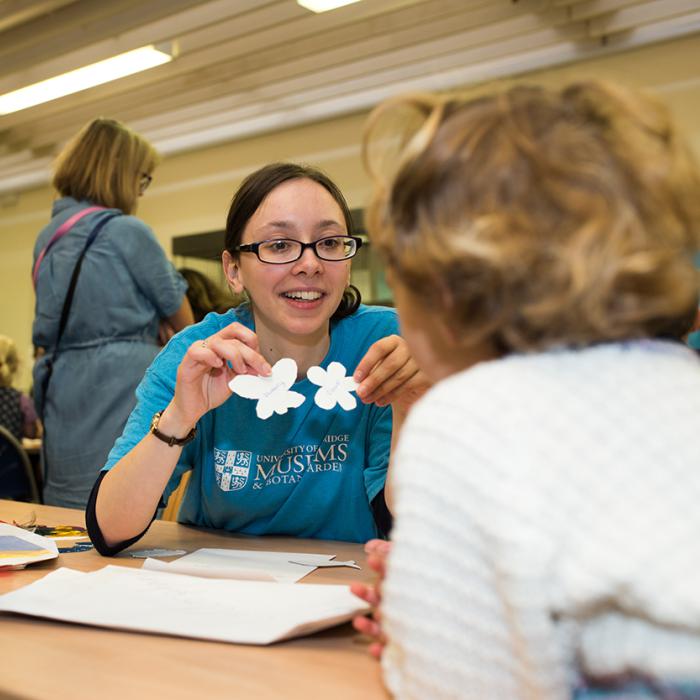What were the traditions of Christmas books for children that led to Raymond Briggs’s glorious landmarks Father Christmas, Father Christmas Goes on Holiday, and The Snowman? This talk will discuss these inherited traditions alongside Briggs’s enduring classics for the holiday season.
‘Below painting comes illustration … below that comes cartoons … then, below the gutter, are the sewers – strip cartoons! Comics! Ugh! The very cesspits of non-culture.’ - Raymond Briggs
Welcome to the perfect opportunity to show your creativity in a unique setting. Pencils, wine, and an inspiring gallery open late… It can only mean that drink and draw is back!
Join us for a relaxed and friendly evening of sketching amongst our awesome sculptures. You’ll be welcomed with a glass of wine and our expert instructors will offer you guidance to build your confidence and skills.
Each session will have a 40-minute talk followed by a chance to chat with the experts and your fellow attendees over a cuppa. For this session our theme will be heroic objects of Antarctic exploration.
For ages 16+
Meet and Make at the Museum sessions are all about giving you a supportive and social space to be creative. Making new crafts, making space for yourself, and making new connections. A chance for you to explore working with different materials and learn new skills with others. This session we will explore the polar oceans and making ocean scenes using quilling papercraft.
For ages 16+
Meet and Make at the Museum sessions are all about giving you a supportive and social space to be creative. Making new crafts, making space for yourself, and making new connections. A chance for you to explore working with different materials and learn new skills with others. This session we will be exploring penguins and making penguin finger puppets. Basic sewing skills required for this session.
For ages 16+
Student wellbeing creative workshop.
Join guest artist Sa'adiah Khan for a dose of joy as we create lino block prints inspired by the patterns of South Asia.
Historically, safe passages have turned into dangerous routes. Thousands of refugees and migrants die every year in the Mediterranean. This talk will look at whether the duty to help at sea is still upheld.
Where are our borders? For people on the move – whether refugees, migrants or tourists - borders are not always where we assume them to be. This talk will engage with politics of borders, migration policies, as well as the growing role of islands as part of border politics.
Join us for our museum wellbeing and making workshops for adults at the Polar Museum! Meet and Make at the Museum sessions are all about giving you a supportive and social space to be creative. Making new crafts, making space for yourself, and making new connections. A chance for you to explore working with different materials and learn new skills with others. This session we will be doing soap carving inspired by scrimshaw.
For ages 16+

